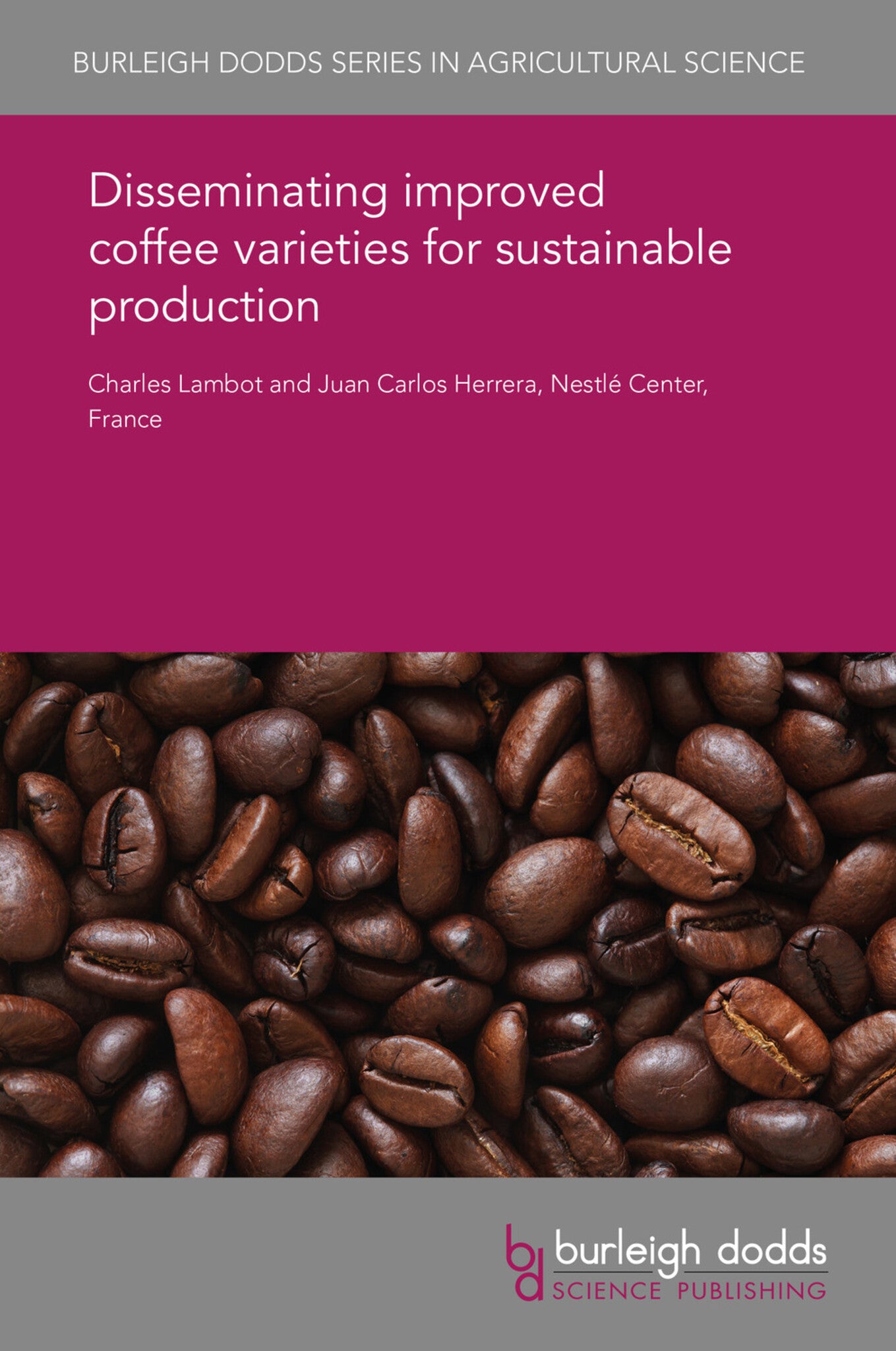We're sorry. An error has occurred
Please cancel or retry.
Disseminating improved coffee varieties for sustainable production

Some error occured while loading the Quick View. Please close the Quick View and try reloading the page.
Couldn't load pickup availability
- Format:
-
01 January 2018


TECHNOLOGY & ENGINEERING / Agriculture / Sustainable Agriculture, Agronomy and crop production, TECHNOLOGY & ENGINEERING / Agriculture / Tropical Agriculture, TECHNOLOGY & ENGINEERING / Agriculture / Agronomy / Crop Science, Botany and plant sciences, Sustainable agriculture, Tropical agriculture

1 Introduction 2 General strategy for validation of varieties 3 Physiological and organizational constraints 4 Statistical methods for multi-location and farmer trials 5 Case studies 6 Propagation methods 7 Legal aspects 8 Conclusion 9 Future trends 10 Where to look for further information 11 References



